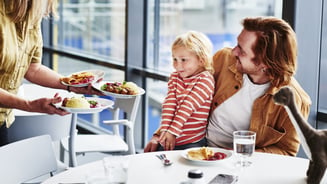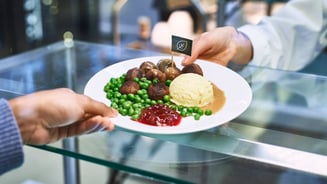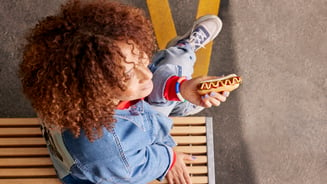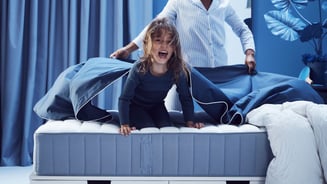Think you know IKEA? Think again. You might know us for sofas, meatballs, and flat-packs, but through the years, IKEA has dreamed up (and sometimes built) some truly unexpected things. From houses to cardboard cameras, here are a few surprising creations that prove imagination doesn’t stop in the kitchen.
A “flat-pack” house you can live in
Long before “tiny homes” became a trend, IKEA built entire houses.
In the 1990s, it launched BoKlok, a partnership with Skanska that delivered affordable, prefabricated homes, complete with kitchens and bathrooms.
Each house was flat-packed in spirit: simple to build, efficient to ship, and designed to keep housing costs “within reach of the many.”
Today, BoKlok developments still exist in Sweden and the UK, a little-known IKEA idea that truly left the store.
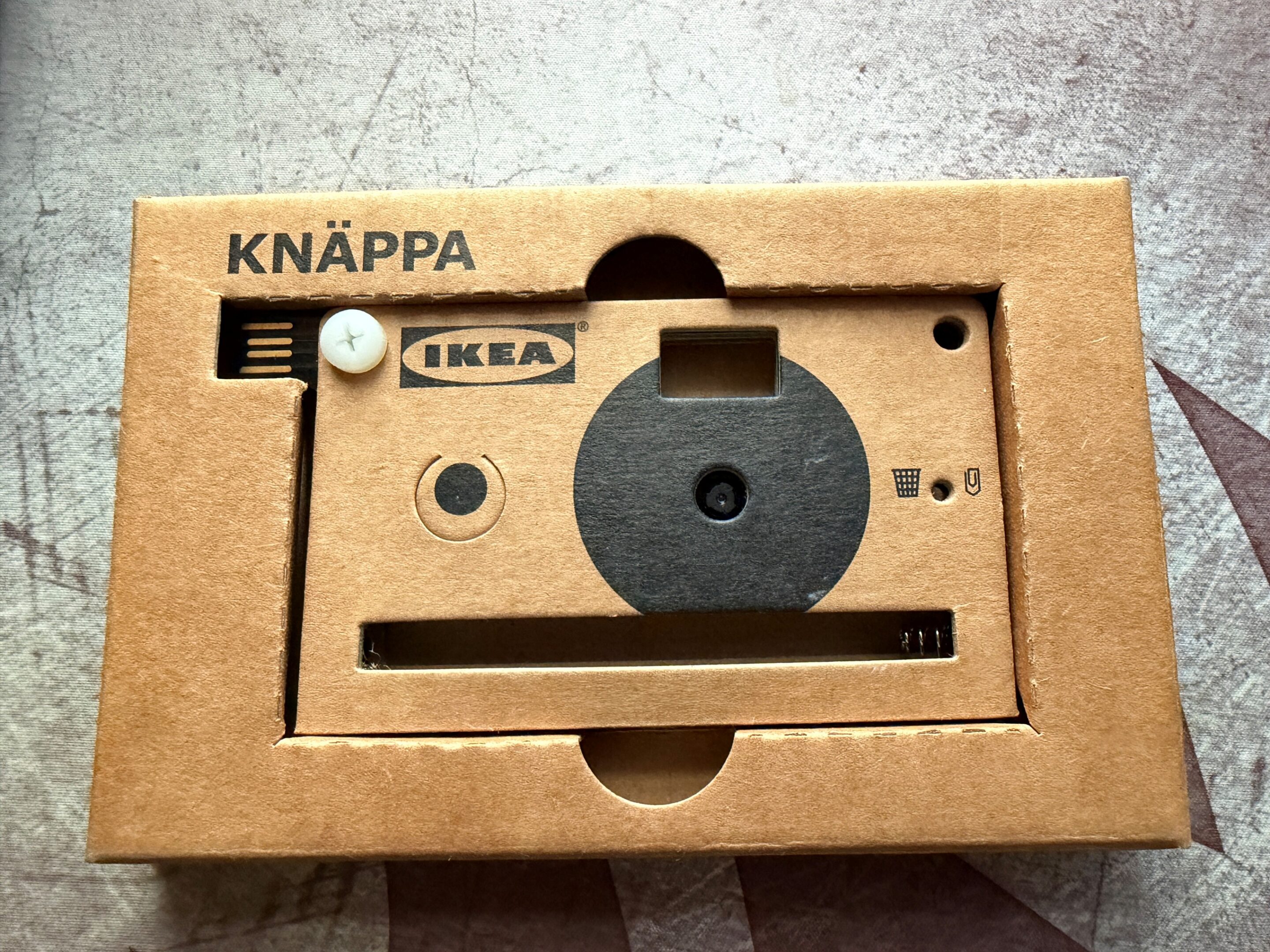
The cardboard digital camera
In 2012, IKEA launched the KNÄPPA, a minimalist, fully functioning camera made mostly of cardboard.
It stored about 40 photos, connected by USB, and was meant to inspire customers to capture how they lived with IKEA furniture at home.
It looked more like a DIY toy than a gadget, but it worked.
And while it never went on mass sale, it remains one of the most beloved curiosities in IKEA modern design experiments.
Pet furniture (yes, for cats and dogs)
When the LURVIG collection launched in 2017, IKEA officially went to the dogs.
The line included beds, tunnels, feeding bowls, and scratching posts, all designed with veterinarians and pet behaviorists.
It wasn’t the first venture into unexpected audiences for IKEA, but it was one of the most loved. The tagline could have been: For the many species.
LURVIG was so successful that IKEA still has a pet range today, now called UTSÅDD, designed for both cats and dogs.
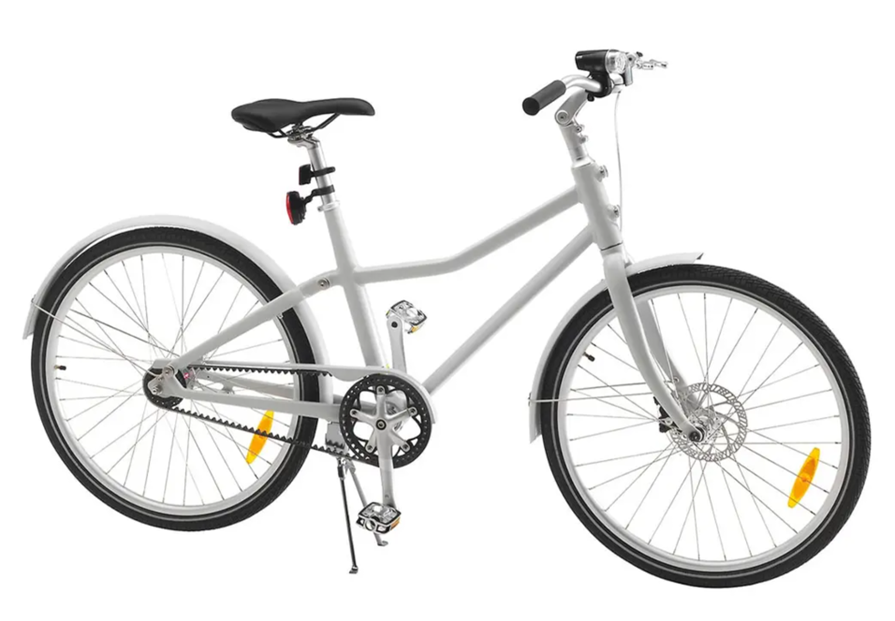
The bicycle with a Swedish name and a global goal
The SLADDA bicycle was IKEA’s attempt to bring the flat-pack spirit to urban mobility.
It came with a rust-proof belt drive, modular accessories, and an IKEA-style assembly guide, right down to the hex key.
Winner of the GOOD DESIGN Award, it was designed for sustainability and simplicity.
But even great designs sometimes hit a bump: after a few years, the bike was discontinued. Still, it remains a cult favorite, the IKEA product that could take you to IKEA.
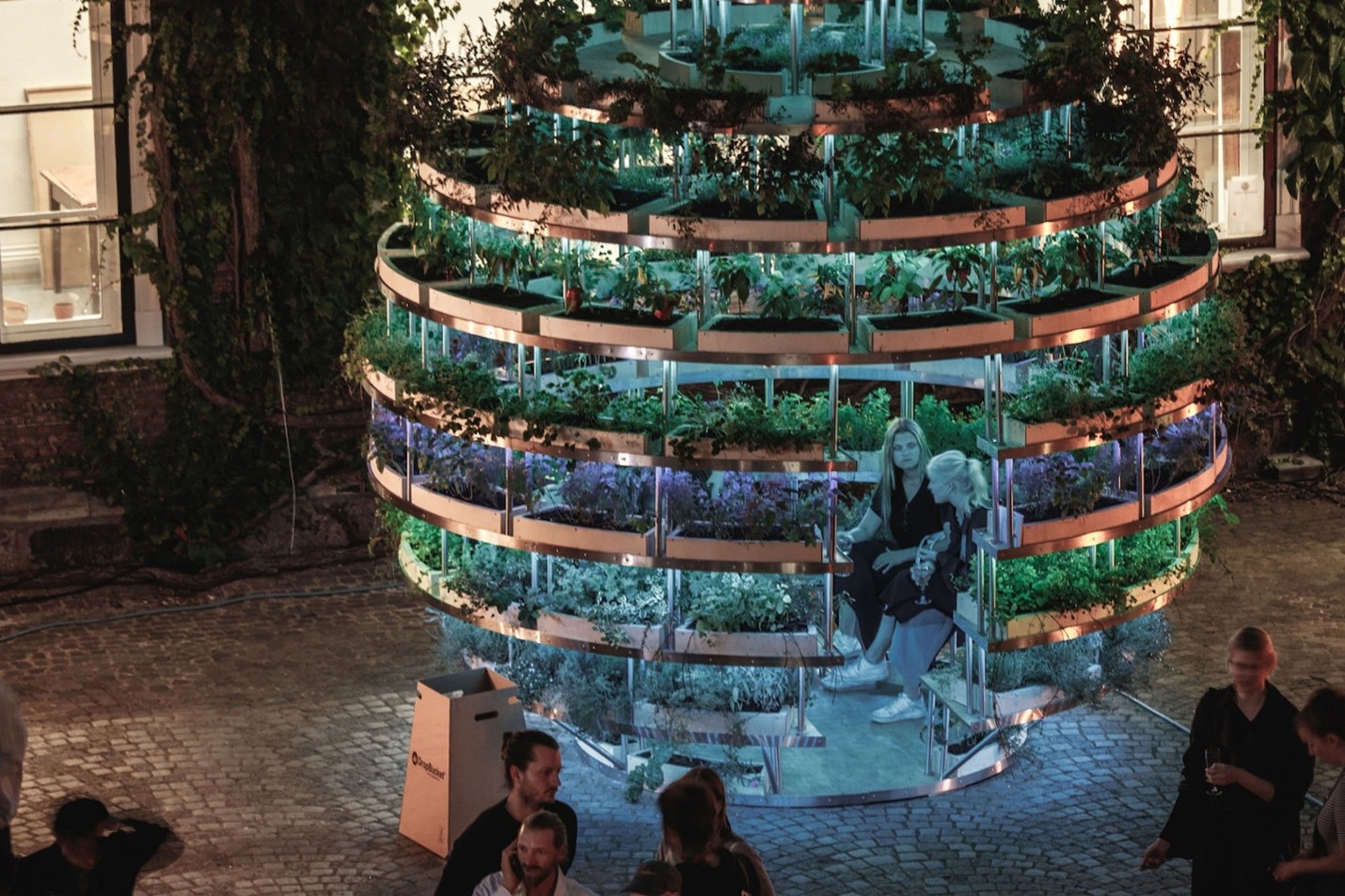
The Growroom, IKEA open-source urban farm
Designed by SPACE10, the former IKEA Copenhagen innovation lab, The Growroom was a spherical “flat-pack garden” that allowed people to grow food in small city spaces.
Built from 17 pieces of plywood, it was assembled like furniture but grown lettuce instead of holding books.
IKEA even released the blueprints for free, proving that sometimes, the future of design isn’t in the living room, it’s in the garden.
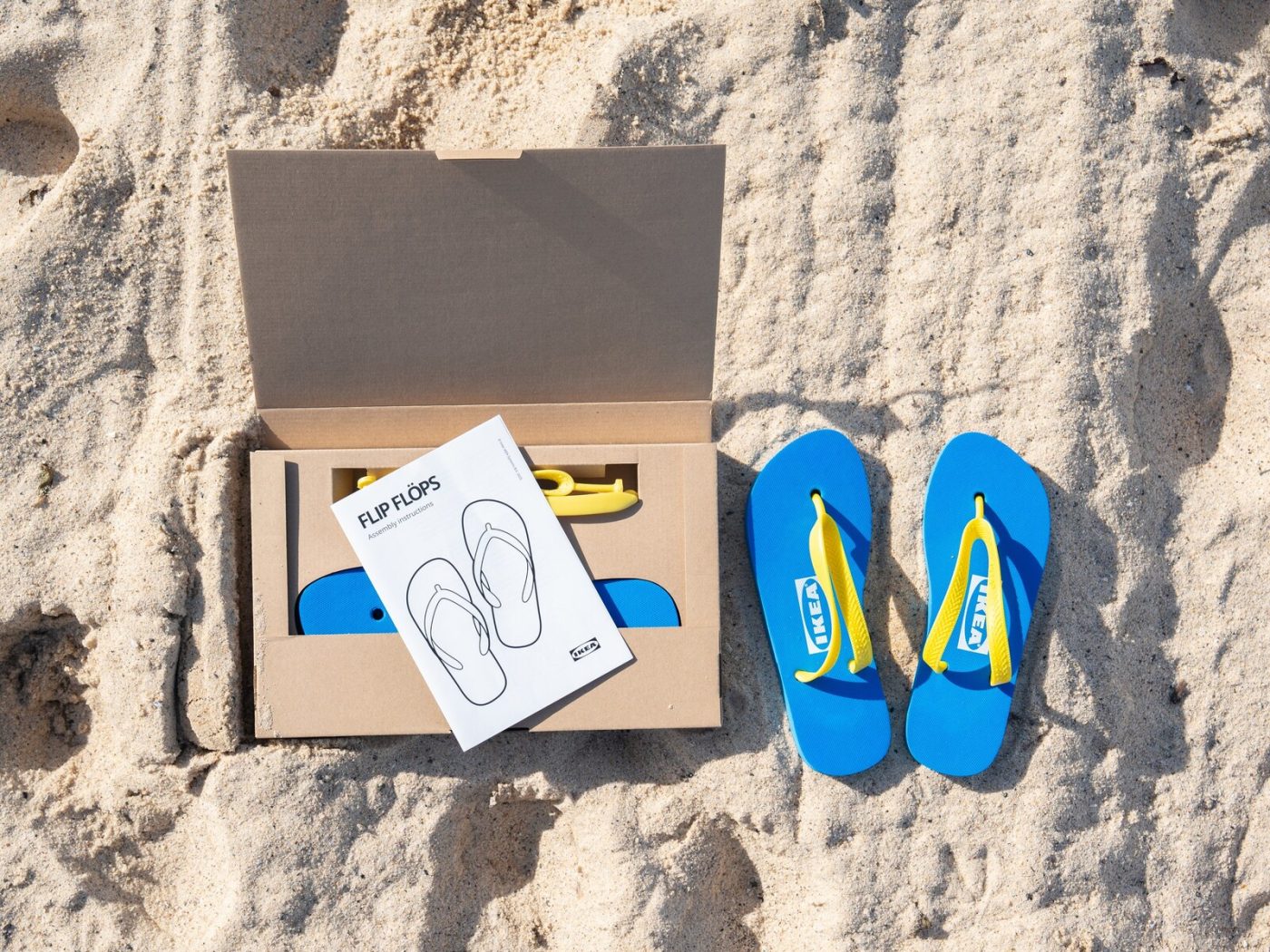
The flat-pack flip-flops from Down Under
To celebrate 50 years of IKEA in Australia, the company launched one of its quirkiest ideas yet – FLIP FLÖPS, the world’s first flat-pack flip-flops.
Released in 2025 as a limited-edition item, they arrived in true IKEA fashion: self-assembled, minimalist, and perfectly tongue-in-cheek.
Each pair came in an envelope-style package with an Allen key printed on the label, turning an everyday summer essential into a tribute to half a century of flat-pack innovation.
It was a playful reminder that for IKEA, no idea is too small, or too flat-packed, to celebrate design for the many.
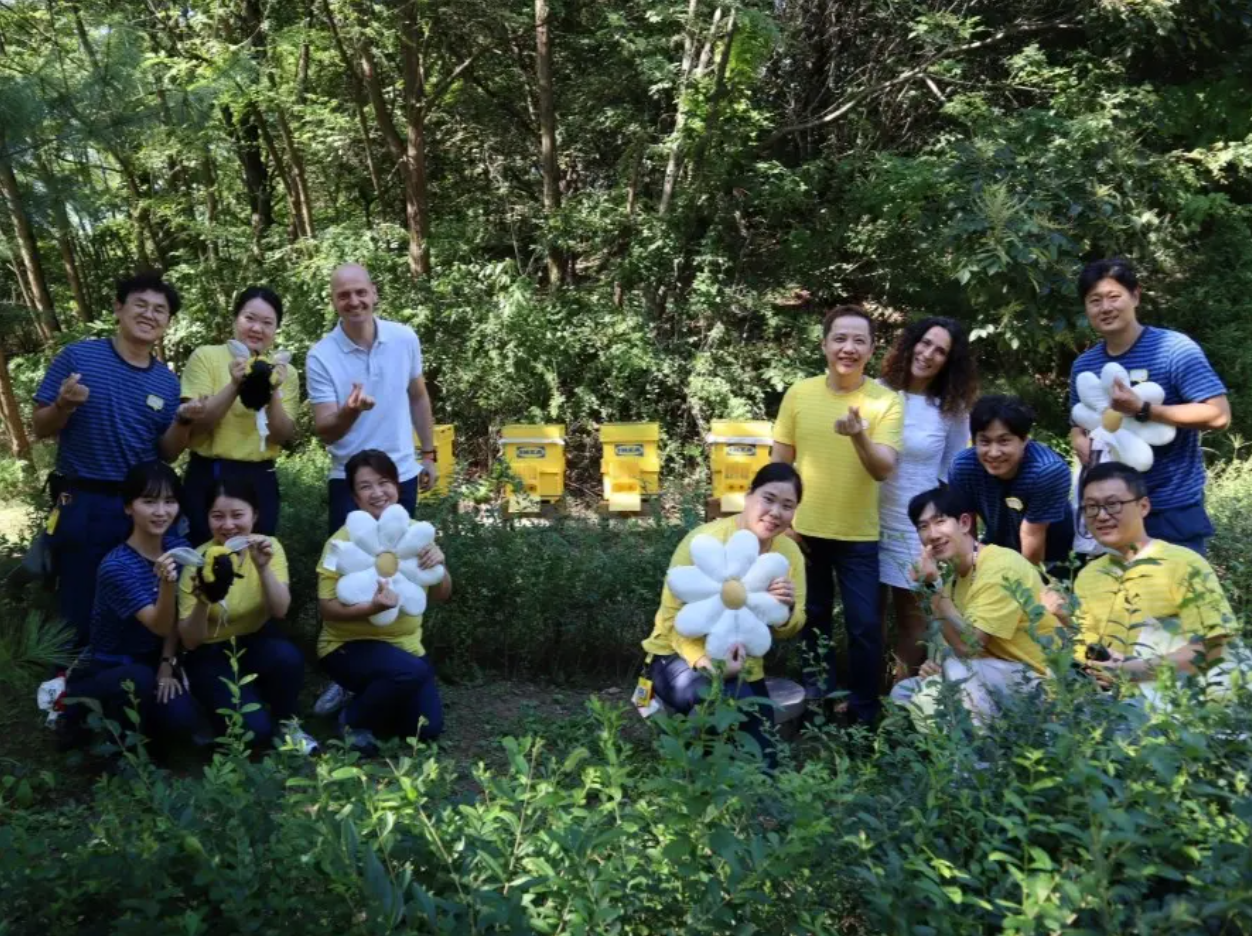
IKEA honey: beehives at the store
This year, IKEA Korea added a buzz to its list of bold experiments by launching an urban beekeeping project at its Gwangmyeong and Goyang stores.
The initiative transformed outdoor areas and rooftops into bee-friendly habitats, a collaboration with Urban Biz Seoul that supports biodiversity while raising awareness about sustainable urban ecosystems.
The first harvest of honey marked a symbolic milestone: proof that IKEA stores can nurture life beyond the home, giving back to local communities and nature. Employees and experts worked side by side, caring for hives and learning how urban beekeeping can help protect pollinators vital to our food systems.
As IKEA Korea described it, the project embodies the brand’s vision of “creating a better everyday life for the many people” – this time, by creating a better environment for bees. Sweet, sustainable, and straight from the hive, it’s the latest example of how IKEA continues to experiment with purpose.
Whether it’s a bicycle, a “flat-pack” house, or a pet sofa, each of these experiments shares a single purpose: to create a better everyday life for the many, sometimes in unexpected ways.
Anything else you’d like to know?
At IKEA, we have so many stories to tell. But many of them stay right here, within IKEA. That’s where our “IKEA – Who knew?” series comes in. Is there anything you’ve always wondered about IKEA but never had the chance to ask? Contact us at [email protected] and we’ll get digging.
Media enquiries
For further information, journalists and media professionals can contact us at [email protected] or by calling +46 70 993 6376.





